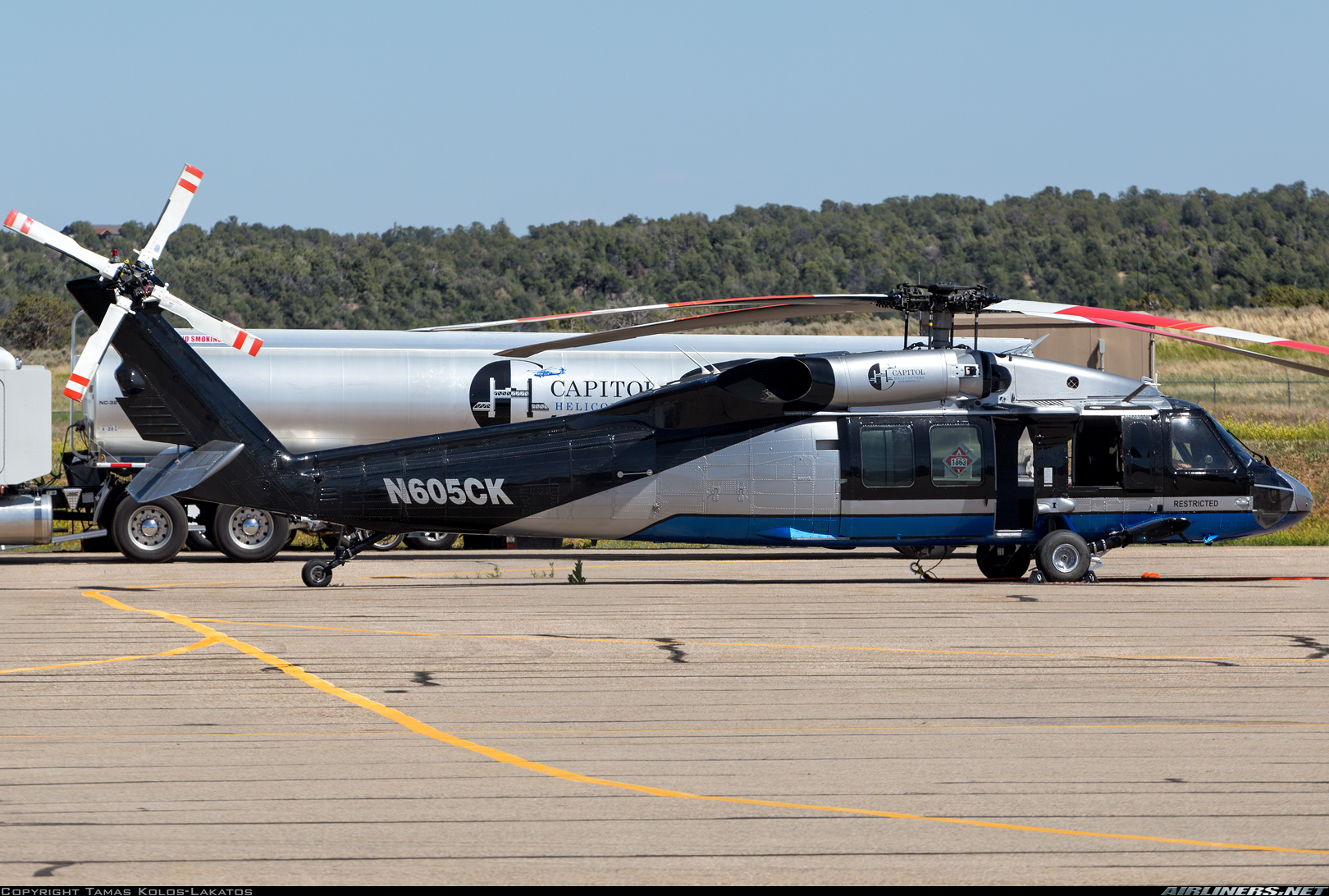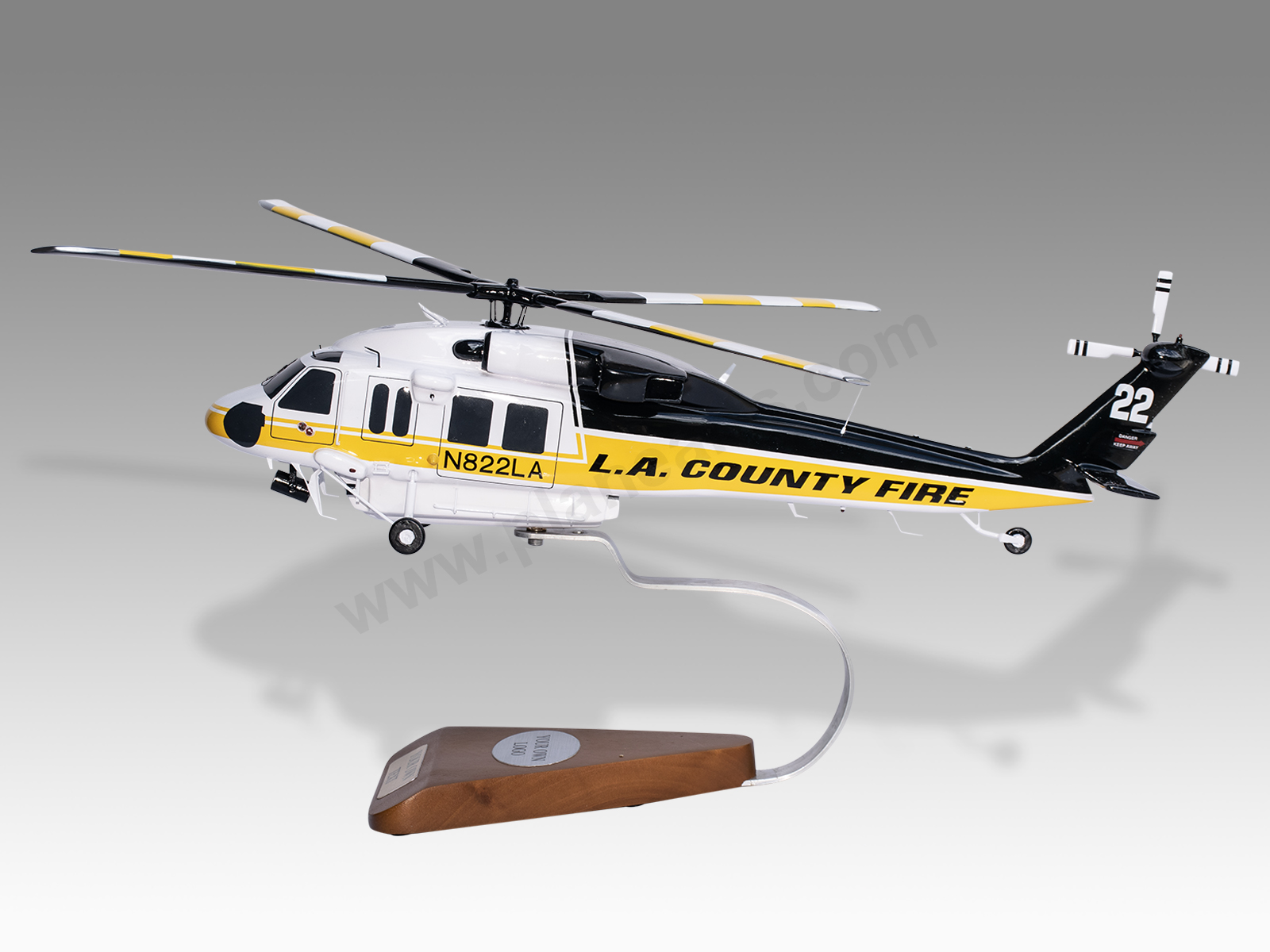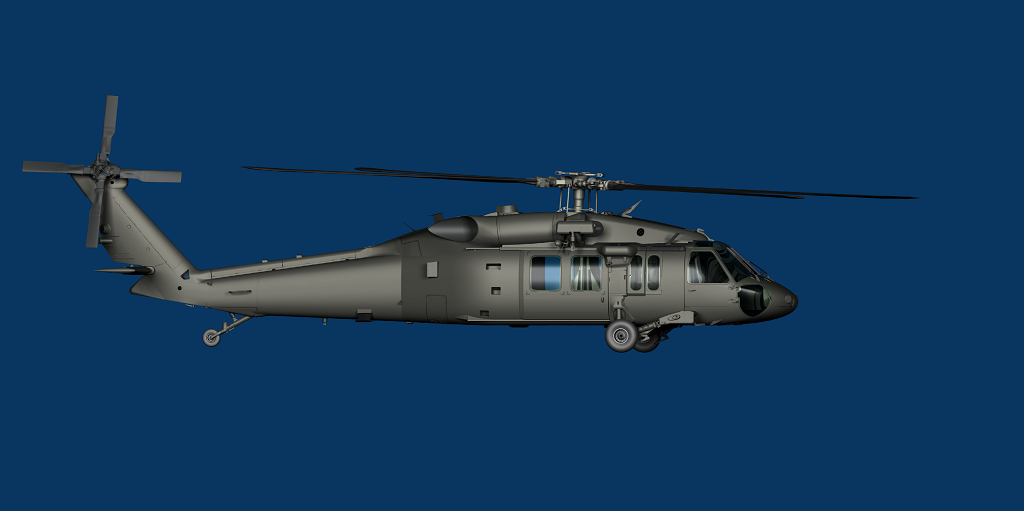How the Sikorsky S 70 Stands Out in the Helicopter Industry
How the Sikorsky S 70 Stands Out in the Helicopter Industry
Blog Article
High-Performance Multi-Role Rotorcraft Featuring Advanced Cabin Technologies and Integrated Sensing Unit Systems
The realm of rotorcraft innovation has seen noteworthy improvements in recent times, especially in the world of high-performance multi-role rotorcraft outfitted with cutting-edge cabin innovations and seamlessly incorporated sensing unit systems. These advancements have not only enhanced the functional capabilities of rotorcraft however have actually also dramatically affected contemporary air travel operations on different fronts. From improved objective versatility to enhanced operational effectiveness, the convergence of innovative cabin modern technologies and incorporated sensing unit systems has ushered in a brand-new era of possibilities for rotorcraft applications. In the adhering to conversation, we will certainly explore the evolution of rotorcraft innovation, look into the realm of advanced cockpit innovations, and take a look at the implications of integrated sensing unit systems on the operational flexibility and efficiency of contemporary rotorcraft.
Development of Rotorcraft Modern Technology
The development of rotorcraft innovation has been marked by considerable advancements in aerodynamics, products, and propulsion systems, shaping the abilities and performance of contemporary rotorcraft. Wind resistant enhancements have enhanced the efficiency and ability to move of rotorcraft, permitting for enhanced speed, dexterity, and security throughout flight (sikorsky s 70). Innovations in materials, such as the usage of composite products and progressed alloys, have caused lighter yet stronger rotorcraft structures, improving total performance and longevity. Furthermore, innovations in propulsion systems, including more powerful engines and ingenious propulsion innovations, have actually allowed rotorcraft to achieve greater altitudes, faster rates, and greater hauls.
These developments have not only transformed the abilities of rotorcraft yet have also expanded their applications across numerous sectors, including military, industrial, and emergency solutions. The continuous evolution of rotorcraft technology remains to drive innovation in the area, pressing the boundaries of what is possible and forming the future of upright trip.
Advanced Cockpit Innovations
Building upon the fundamental improvements in the rules of aerodynamics, products, and propulsion systems, the world of rotorcraft modern technology now shifts focus in the direction of introducing Advanced Cabin Innovations. The assimilation of advanced innovations within the cockpit setting plays a crucial role in improving the functional capabilities, safety and security, and performance of modern-day rotorcraft. sikorsky s 70. Advanced Cabin Innovations include a wide selection of features created to supply pilots with boosted situational recognition, streamlined information monitoring, and intuitive control interfaces
One of the vital improvements in cabin layout is the application of glass cockpits, which change typical analog gauges with high-resolution screens. These digital systems provide customizable designs, real-time data integration, and boosted readability, allowing pilots to gain access to critical details at a glimpse. Progressed avionics systems, such as fly-by-wire controls and increased truth displays, are reinventing how pilots communicate with the aircraft, permitting for specific control and boosted decision-making capacities.


Including sophisticated cockpit innovations not just boosts pilot efficiency but likewise adds to total objective efficiency and safety and security in intricate operational atmospheres. By leveraging modern innovations within the cockpit, rotorcraft suppliers are setting new criteria for operational excellence and objective success.
Integrated Sensor Solutions
With the evolution of rotorcraft innovation, the integration of innovative Integrated Sensor Systems has become extremely important in improving functional performance and security. These Integrated Sensor Equipments incorporate a large array of technologies that provide important information for different functions such as navigating, monitoring, targeting, and environmental surveillance. By effortlessly incorporating sensors like radars, cams, lidar, and infrared systems right into rotorcraft, drivers can benefit from boosted situational recognition, enhanced mission capacities, and reduced pilot work.
One trick benefit of Integrated Sensing unit Solutions is their capacity to collect real-time data and offer actionable insights to pilots and goal operators. For instance, advanced radar systems can spot and track targets over long ranges, permitting very early risk discovery and efficient go reaction preparation. Furthermore, integrating electro-optical and infrared electronic cameras enables rotorcraft to carry out reconnaissance and monitoring objectives with precision and accuracy.
Basically, the integration of sophisticated sensor modern technologies right into rotorcraft not just boosts functional efficiency yet additionally contributes substantially to total objective success and team security. As rotorcraft continue to evolve, the duty of Integrated Sensor Systems will most certainly stay at the forefront of advancement in the aerospace market.
Operational Convenience and Effectiveness
Enhancing functional convenience and performance in rotorcraft is a natural development from the assimilation of innovative Integrated Sensing unit Equipments. By leveraging the insights and data supplied by these advanced sensor systems, rotorcraft can enhance their efficiency throughout numerous goals and environments.
Functional versatility incorporates the capacity of rotorcraft to adapt to various functions and scenarios successfully. With innovative cabin modern technologies and integrated sensor systems, rotorcraft can effortlessly change between tasks such as search and rescue, medical evacuation, monitoring, and extra. This versatility boosts the rotorcraft's capability to satisfy varied operational demands without calling for substantial reconfiguration.
Performance in rotorcraft operations is important for making best use of goal efficiency and source use. Integrated sensor systems play a pivotal role in improving functional effectiveness by supplying real-time data on weather, terrain mapping, target tracking, and a lot more. This data makes it possible for pilots to make educated decisions quickly, enhance trip courses, conserve gas, and improve general mission productivity.
Influence On Modern Aviation Workflow

In addition, the assimilation of sophisticated sensors promotes improved objective planning and implementation, enabling rotorcraft to carry out a vast variety of jobs with improved accuracy. From search and rescue operations to aerial firefighting and police objectives, the abilities of contemporary rotorcraft equipped with innovative cabin modern technologies and incorporated sensor systems are unequaled.
Moreover, the effect of these improvements expands beyond functional effectiveness to cost-effectiveness and sustainability. By optimizing trip courses, fuel usage, and maintenance routines, high-performance rotorcraft furnished with sophisticated cabin innovations and sensors contribute to minimizing functional prices and ecological effect, making them crucial assets in contemporary aviation operations.
Verdict
In conclusion, the high-performance multi-role rotorcraft with innovative cabin innovations and incorporated sensing unit systems represents a significant advancement in air travel innovation. These technologies improve functional flexibility and effectiveness, eventually affecting modern their explanation aviation operations in a favorable way. The integration of these advanced modern technologies enables boosted abilities and performance in different goal situations, showcasing the continued innovation of rotorcraft innovation in the aeronautics market.
The world of rotorcraft innovation has seen notable improvements in current times, especially in the realm of high-performance multi-role rotorcraft geared up with sophisticated cabin modern technologies and seamlessly integrated sensor systems. From boosted mission convenience to enhanced functional performance, the merging of sophisticated cabin modern technologies and integrated sensor systems has actually ushered in a new age of possibilities for rotorcraft applications. In the complying with discussion, we will certainly discover the development of rotorcraft technology, dig into the realm of innovative cabin developments, and examine the implications of integrated sensing unit systems on the functional flexibility and efficiency of modern rotorcraft.

Report this page